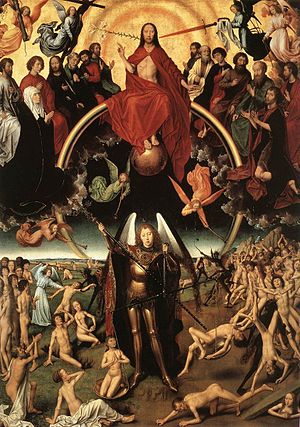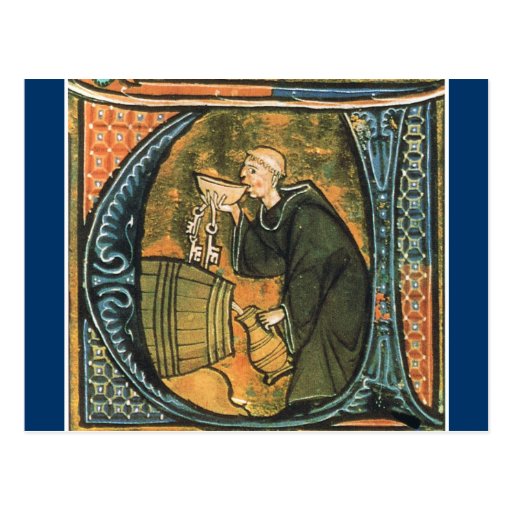There are some nice songs on this cd, the most interesting of which is "Huron Carol" by St. Jean de Brebeuf, the Jesuit missionary and martyr. It's Canada' s oldest carol (1642 AD), and fairly popular up there (covered by Crash Test Dummies, among others), but rarely heard down here in the lower 48. Brebeuf composed the lyrics in Wyandot, the Huron language, which he'd worked tirelessly to master, but they are sung here in English, alas. The English translation dates from 1926, and appears to be a bit on the fanciful side. Google translate doesn't work on Wyandot, so this is difficult to confirm (though the use of " 'twas" is a tip off).
Here is the first verse in Wyandot:
Ehstehn yayau deh tsaun we yisus ahattonnia
O na wateh wado:kwi nonnwa 'ndasqua entai
ehnau sherskwa trivota nonnwa 'ndi yaun rashata
Iesus Ahattonnia, Ahattonnia, Iesus Ahattonnia.
And in English:
'Twas in the moon of winter-time
When all the birds had fled,
That mighty Gitchi Manitou
Sent angel choirs instead;
Before their light the stars grew dim,
And wandering hunters heard the hymn:
"Jesus your King is born, Jesus is born,
In excelsis gloria."
"Gitchi Manitou," the Algonquin word for God, appears in the third line of the translation, even though Huron and Algonquin are totally different languages, and St. Jean de Brebeuf didn't use the Huron word for God in his carol.
The Huron were allies of the French, and were all but wiped out by the ferocious Iroquois, the allies of the English who also martyred St. Jean de Brebeuf (martyrdom is a mild, polite term for the beastly violence inflicted upon de Brebeuf). The Huron language has pretty much disappeared, too, though it is partly preserved in a Wyandot dictionary compiled by none other than St. Jean de Brebeuf.
Here is the first verse in Wyandot:
Ehstehn yayau deh tsaun we yisus ahattonnia
O na wateh wado:kwi nonnwa 'ndasqua entai
ehnau sherskwa trivota nonnwa 'ndi yaun rashata
Iesus Ahattonnia, Ahattonnia, Iesus Ahattonnia.
And in English:
'Twas in the moon of winter-time
When all the birds had fled,
That mighty Gitchi Manitou
Sent angel choirs instead;
Before their light the stars grew dim,
And wandering hunters heard the hymn:
"Jesus your King is born, Jesus is born,
In excelsis gloria."
"Gitchi Manitou," the Algonquin word for God, appears in the third line of the translation, even though Huron and Algonquin are totally different languages, and St. Jean de Brebeuf didn't use the Huron word for God in his carol.
The Huron were allies of the French, and were all but wiped out by the ferocious Iroquois, the allies of the English who also martyred St. Jean de Brebeuf (martyrdom is a mild, polite term for the beastly violence inflicted upon de Brebeuf). The Huron language has pretty much disappeared, too, though it is partly preserved in a Wyandot dictionary compiled by none other than St. Jean de Brebeuf.
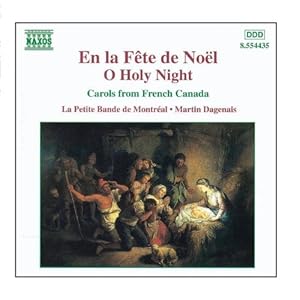










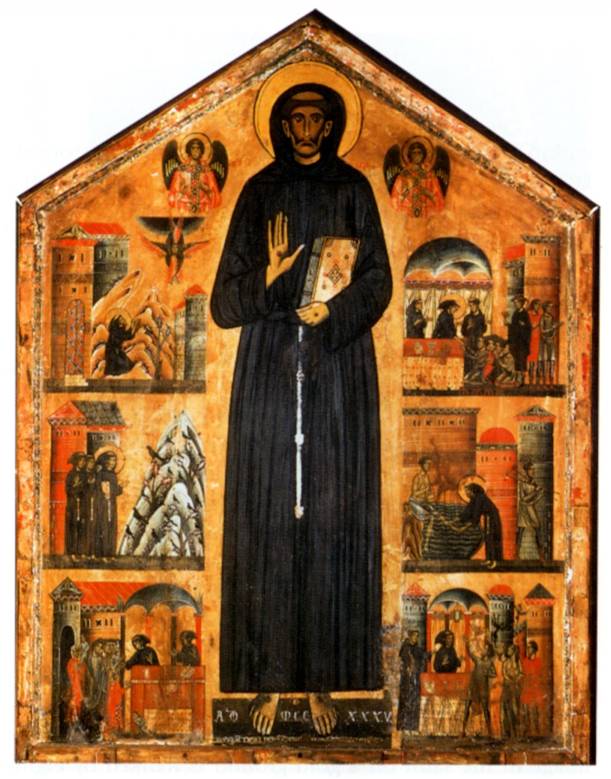




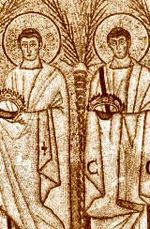
.jpg/300px-The_Battle_of_San_Jacinto_(1895).jpg)



